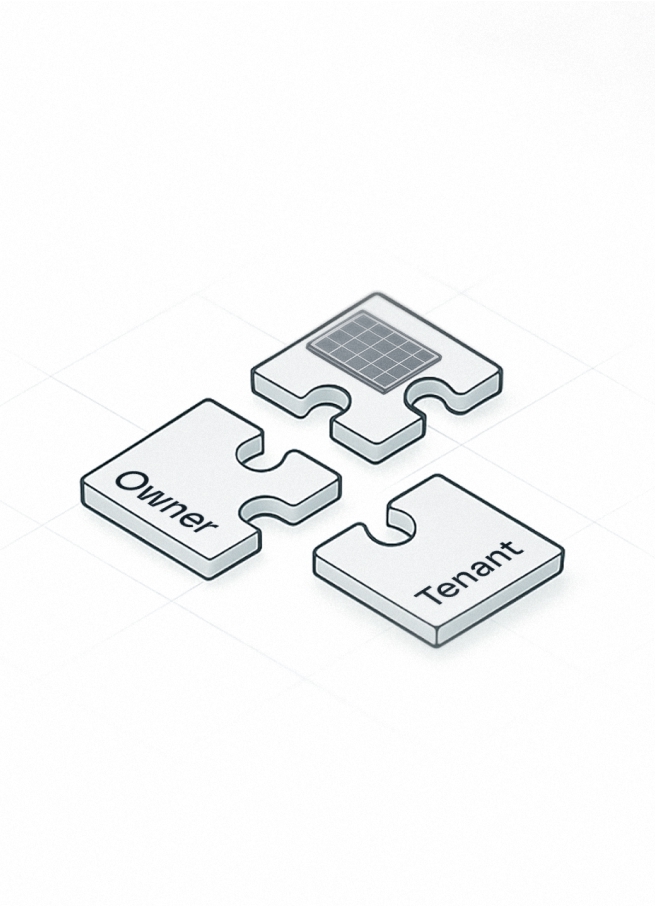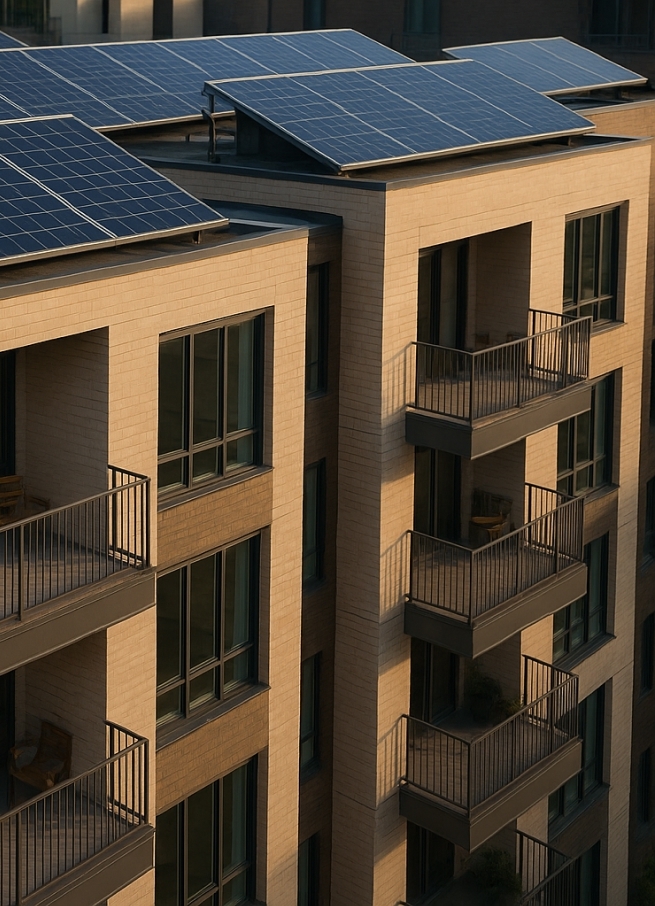Solar For Low Income Families: a Real Estate Guide | Ivy Energy

How to Bring Solar to Low Income Families
Until recently, rooftop solar panels were a clean energy technology that only wealthy Americans could afford. A considerable proportion of the income in a lower-class household is spent on energy. The inability to afford energy has led to several households living in homes with unsafe temperature levels or having to cut expenses on other necessities to live comfortably. Currently, half of California’s population(almost 20 million) do not have access to onsite clean energy due to unattainability. There is an energy injustice owing to a lack of financial support for lower class and renters wanting to switch to clean energy. With local electric companies like SDG&E raising their baseline energy rates 106% in the last 10 years, low-income electricity consumers are growing tired of increasing costs that may often be unjustified to them as consumers. Both of these factors lead to a wide disparity, as low-income groups are burdened with growing energy costs.
Challenges in Accessing Solar Benefits for Renters
- Shared Roof Space
- Restrictions from Landlords (Tenants don't own the property)
- Split Incentive Complexities
- Lack of Financing Focused on Split Incentive Models
- Net Metering & Distributed Generation Tariffs haven’t appropriately segmented multi-family buildings as its own class.
- Limited Split Incentive Tariff Options for Building Owners & Tenants
The biggest challenge when it comes to renters and solar energy benefit access is that an apartment isn't a tenant's building to modify, and the roof-space isn't theirs to add solar panels. With the inability to shop around for electricity owing to lack of alternatives and other reasons, most residents are stuck with their local electricity provider.
Another one of the main barriers that have kept renters in California from enjoying savings by shifting to a more energy-efficient lifestyle is the lack of incentives to do so and the restrictions placed by landlords. There is only a certain extent to which renters can make the changes to adopt a clean energy lifestyle considering the lease contracts which only allow limited alterations to the home.
Awareness doesn't always Lead to Action
There has been an increasing awareness about how one's lifestyle can make a difference to the environment. At the same time, the growing energy poverty in California is an indicator that the increase in awareness does not translate to positive actions, especially in the low-moderate income groups. Many lower-income households carry a large energy burden, meaning that energy and utility costs consume a large share of their income. For low- and moderate-income households, the financial benefits of solar power can make a big difference. Across the U.S., low-income households spend about three times more of their income on energy costs than other households. Solar power can reduce those energy burdens by providing on-site power at a lower cost than grid electricity.
A New Opportunity for Renters
The good news is that there has been a growing movement to create energy justice for all. Ivy Energy is creating ripples in California with its Virtual Grid Solar Billing software. The first solar billing software that directly gives clean energy access and benefits to tenants. It's simple, a property owner simply invests in a shared solar asset for the community and then connects it to Ivy’s Virtual Grid.
Ivy Virtual Grid Solar Billing
The Ivy Virtual Grid billing platform enables real estate owners to become onsite solar energy “hosts” by offering intelligent clean energy billing to its tenants. This is the first innovative billing solution that makes it possible for owners to generate a new income per unit while guaranteeing monthly savings to tenants. Ivy is eliminating the complexities of distributing and billing for solar energy across multiple units. Guaranteeing a return on your solar investment, and savings for your tenants.
Fair and Equal Access
Virtual Grid distributes shares of the community's total solar benefit to tenants according to individual resident energy use, time-of-use rates in real time, and the real time availability of solar energy. This provides all participating residents with truly equal access and unbiased distribution of solar benefits that align with each resident's actual energy use.
Guaranteed Savings
Ivy guarantees that residents will never pay more for electricity with solar than what they would have paid to the utility company without solar. Ivy leverages utility grade monitoring data to determine individual resident usage, total solar availability, and total community energy savings to ensure accuracy and savings to residents on every billing period. No other shared solar platform provides the granularity, accuracy, and fair access to guaranteed solar savings that Ivy's Virtual Grid provides.
Simple Billing
Ivy's resident billing structure makes it simple and easy for any resident to understand the amount of energy they used, what they would have paid without solar, what they are paying with solar, and what they saved by being on the solar program. Residents will even know insights on how their solar participation has positively affected the environment! In addition to the savings benefit, opting into the solar program is free, easy, and will provide residents with useful ongoing insights about their energy use. To learn more about the benefits of living in an Ivy Solar enabled community visit: https://www.ivy-energy.com/resident
It starts with Solar and Ends with multi-family communities being high impact Grid Assets.
Ivy has a mission to enable low cost solar + storage assets to be deployed to the multi-family renting class. Through Ivy’s Virtual Grid platform and user experience the aggregate community’s load profile can be altered through localized demand response and load control integration. This will help to maximize the “live” solar power usage within the community and store the surplus power generation within the community with centralized battery systems that will help reduce the communities reliance on transmission, distribution, and peak generation infrastructure. Ivy is committed to help all of these infrastructure value-add improvements end up in the end user’s pocket through helping them optimize their own load profile in a simple user experience.
“We believe that all energy consumers, regardless of income class, owning or renting their home, should have access to clean energy. Our Virtual Grid software now gives multi-family tenants access to clean energy savings.”-Dover Janis, Ivy CEO
Low to moderate income households need better access to cheap solar due to the high energy costs they incur as compared to high-income families. Deploying solar power for low- and moderate-income households can be a way to fulfill policy and social goals like creating jobs and improving the environment. Shifting to solar-powered ways of living does not just have an environmental impact but also makes a social difference. A lower utility bill is money saved that can be used for the betterment of a given household. Property owners who invest in Solar and Ivy Virtual Grid can pave the way for reducing energy poverty in the state.
Get in touch with Ivy today, to know more about how you can get guaranteed savings from solar by referring your building owner or property manager to Ivy Virtual Grid.





